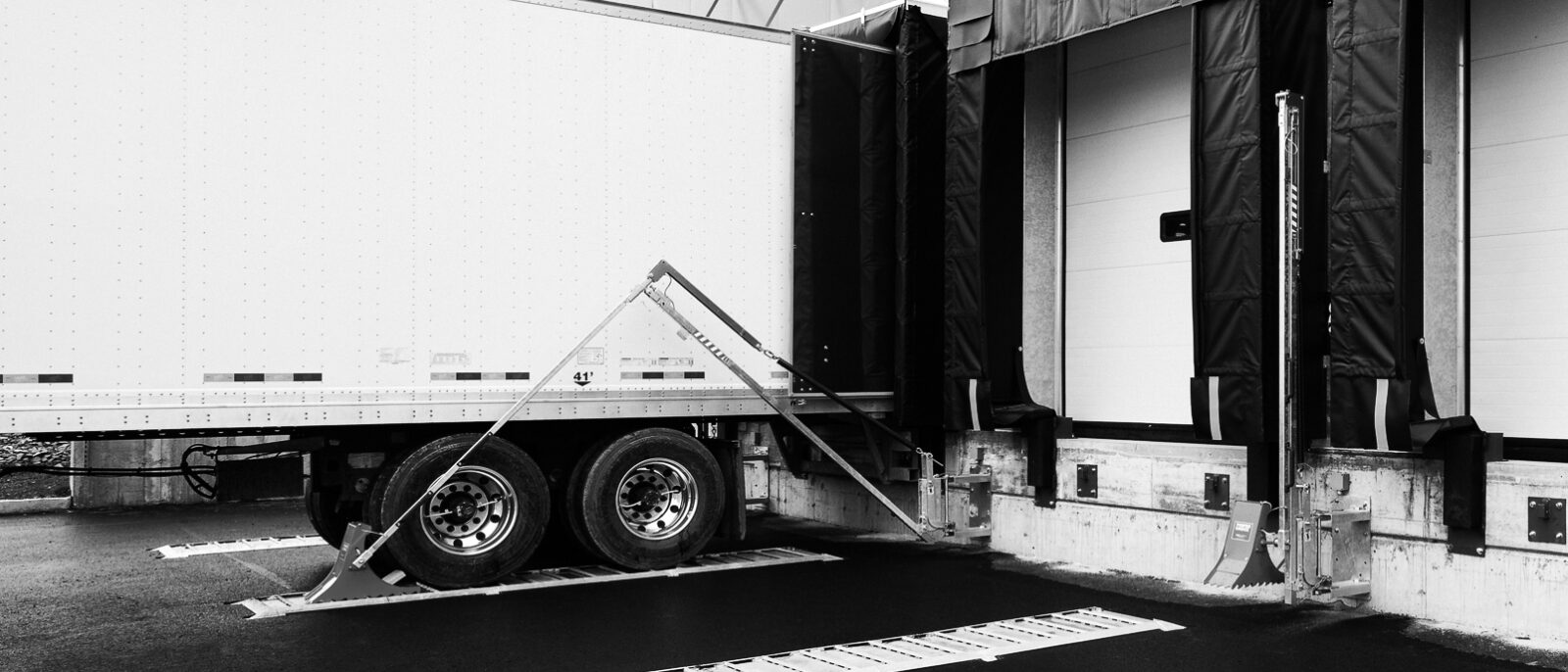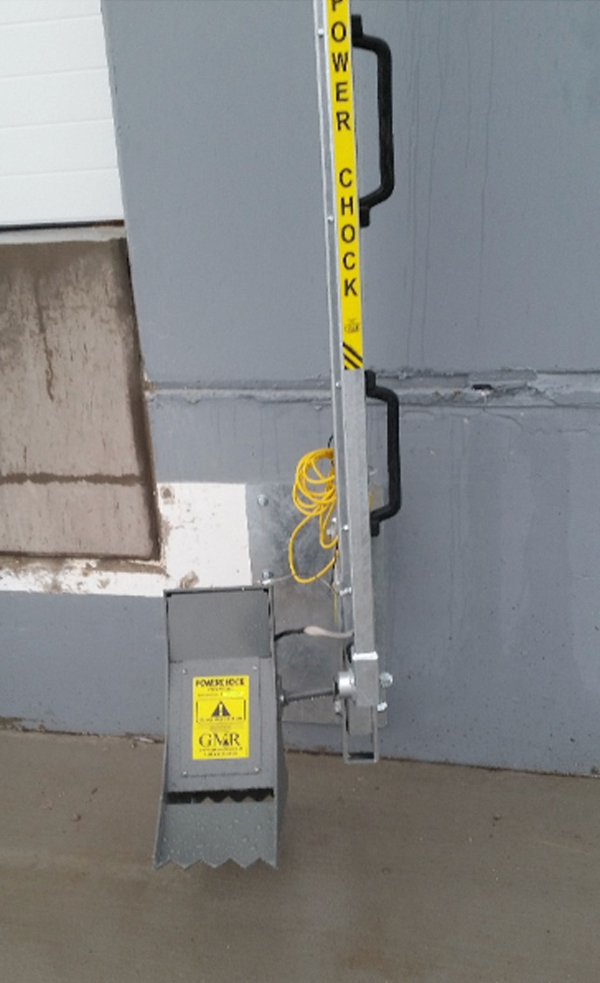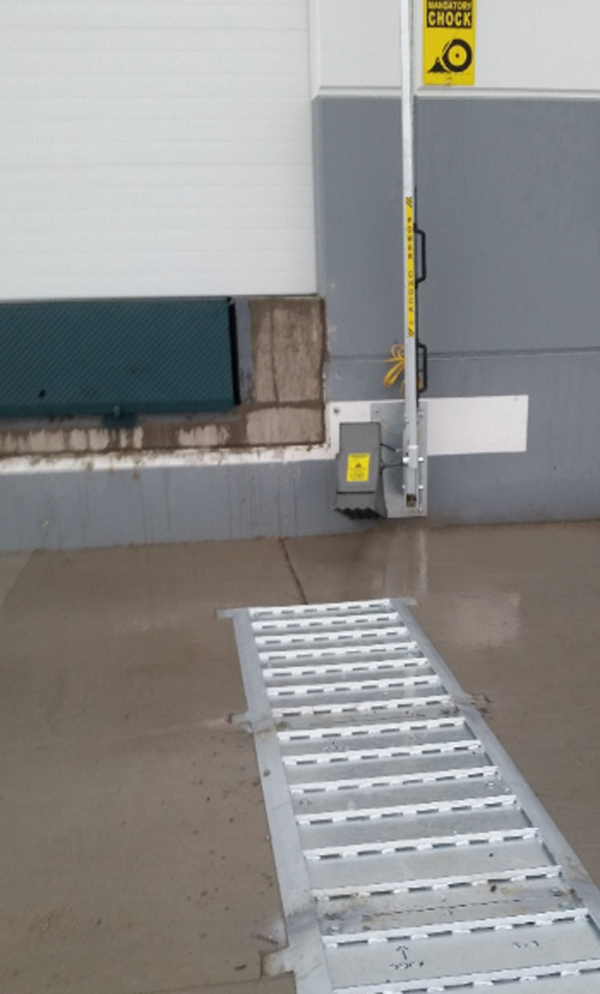Warehouse Services Inc (WSI) is a privately held warehouse services company and third-party logistics provider that manages large-scale logistics activities on behalf of major corporations throughout North America. Recently we had the pleasure of speaking with Rich Hann, Maintenance Manager at WSI. Rich talks about the use of GMR Safety equipment at a massive facility in Illinois.
GMR Safety: Can you tell us when the warehouse was built and how many people are working there?
Rich Hann: The warehouse was built in 2015 and approximately 320 people work here, including both hourly and salary employees.
GMR Safety: Were there any specific challenges that you were facing with loading dock safety at your facility?
Rich Hann: Actually, the Powerchock vehicle restraints were installed as part of the original build; at facilities of this size, with high frequency loading / unloading operations, we need to take all necessary precautions to protect the warehouse staff. As you know, loading docks can be one of the most dangerous areas in the warehouse, if the employees are not protected by optimal safety equipment.
GMR Safety: Yes indeed, there are unfortunately multiple risks associated with the unexpected movement of trucks and trailers at loading docks. We are therefore pleased to know that the safety of your employees is a primary concern at WSI. Have you ever used vehicle restraints at your other facilities?
Rich Hann: Yes, at some of our other facilities we have been using the common hook/ICC bar restraints. Here, we’ve been using the Powerchock vehicle restraints since 2015. All 132 loading docks are secured with the ergonomic model, the Powerchock 5, that comes with the articulated arm.



